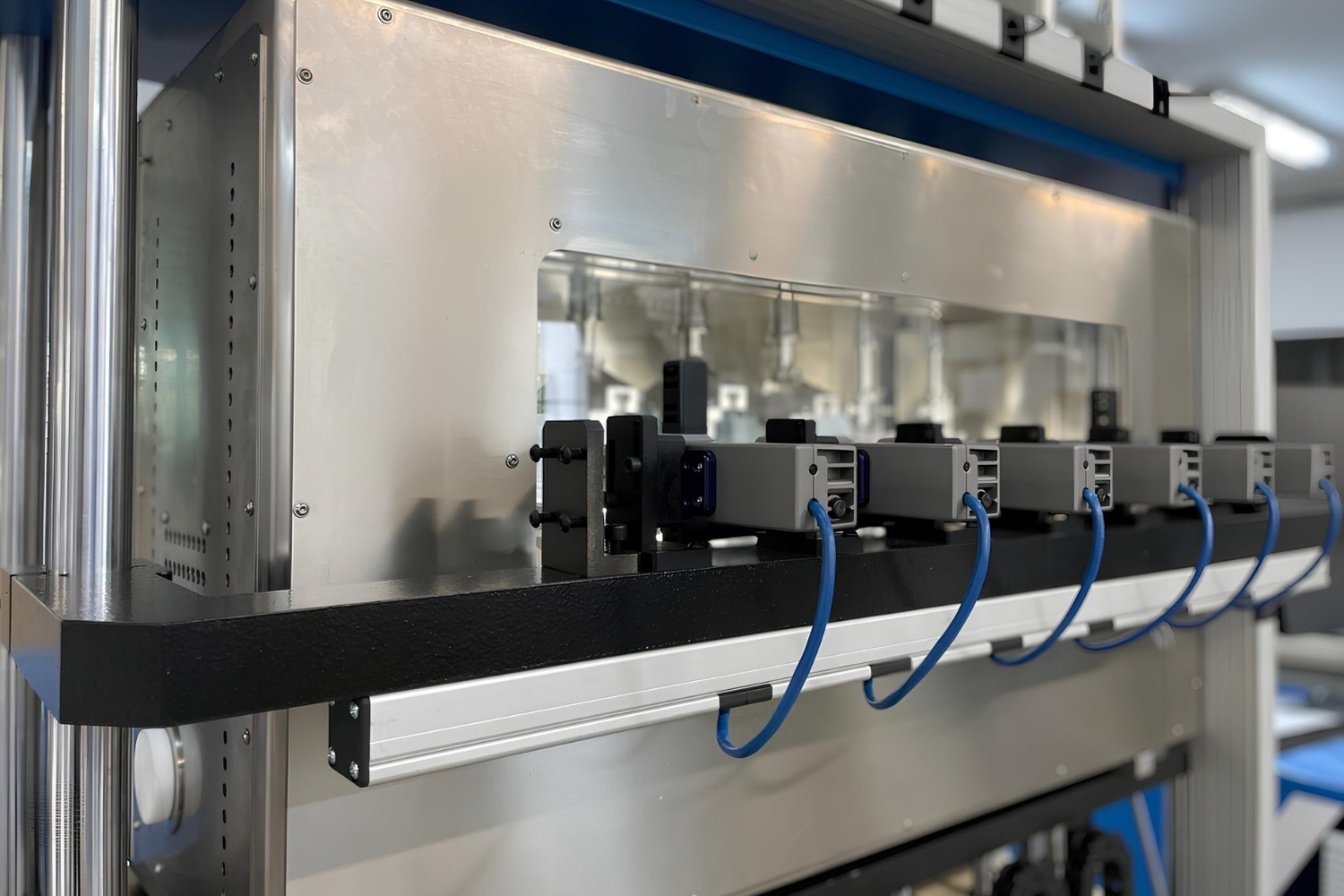
Ever wondered how engineers ensure materials can withstand long-term stress? That's where a creep tester comes into play. This device measures how materials deform under constant stress over time. Imagine a bridge or airplane part slowly bending under pressure. Engineers need to know how much it will bend and when it might fail. Creep testers help predict this behavior, ensuring safety and reliability. From metals to plastics, these machines test various materials, providing crucial data for construction, aerospace, and manufacturing industries. Ready to learn more? Let's dive into 31 fascinating facts about these essential tools!
What is a Creep Tester?
A creep tester measures how materials deform under constant stress over time. This tool is crucial in industries like aerospace, automotive, and construction, where understanding material behavior under prolonged stress is vital.
- Creep testers help predict a material's lifespan by simulating long-term stress conditions.
- They are essential for ensuring the safety and reliability of materials used in critical applications.
- The data from creep tests can guide engineers in selecting the right materials for specific uses.
How Does a Creep Tester Work?
Understanding the mechanics behind a creep tester can shed light on its importance. These devices apply a constant load to a material sample and measure its deformation over time.
- Creep testers use precise sensors to monitor minute changes in the material's shape.
- The test can last from a few hours to several years, depending on the material and application.
- Temperature control is crucial, as higher temperatures can accelerate the creep process.
Types of Creep Tests
Different tests cater to various materials and conditions. Each type provides unique insights into material behavior.
- Constant Load Test: Applies a steady load to the material and measures deformation over time.
- Constant Stress Test: Maintains a constant stress level, adjusting the load as the material deforms.
- Cyclic Creep Test: Alternates between loading and unloading to simulate real-world conditions.
Applications of Creep Testing
Creep testing is not limited to one industry. Its applications span multiple fields, each with its own set of requirements.
- Aerospace: Ensures materials can withstand the extreme conditions of flight.
- Automotive: Tests components like engine parts and tires for durability.
- Construction: Assesses the long-term stability of building materials.
- Power Generation: Evaluates materials used in turbines and reactors.
Importance of Temperature in Creep Testing
Temperature plays a pivotal role in how materials behave under stress. Controlling this variable is essential for accurate results.
- Higher temperatures generally increase the rate of creep.
- Some materials may only exhibit significant creep at elevated temperatures.
- Temperature fluctuations during testing can lead to inconsistent results.
Materials Commonly Tested for Creep
Not all materials are created equal. Some are more prone to creep than others, making them prime candidates for testing.
- Metals: Often tested for use in high-stress environments like aerospace and automotive industries.
- Polymers: Commonly tested for consumer products and medical devices.
- Ceramics: Evaluated for use in high-temperature applications like turbines.
- Composites: Tested for their combined properties of different materials.
Innovations in Creep Testing Technology
Advancements in technology have made creep testing more accurate and efficient. These innovations continue to push the boundaries of material science.
- Digital Sensors: Provide more precise measurements than traditional mechanical gauges.
- Automated Systems: Reduce human error and increase testing efficiency.
- Real-Time Data Analysis: Allows for immediate adjustments and quicker results.
Challenges in Creep Testing
Despite its importance, creep testing comes with its own set of challenges. Understanding these can help improve testing methods and results.
- Long Duration: Tests can take years, making them time-consuming and costly.
- Environmental Control: Maintaining consistent conditions is crucial but challenging.
- Sample Preparation: Ensuring uniformity in samples is essential for accurate results.
Future of Creep Testing
The future looks promising with ongoing research and development. These advancements aim to make creep testing more accessible and reliable.
- Miniaturized Testers: Smaller devices for quicker, more localized testing.
- AI Integration: Using artificial intelligence to predict material behavior and optimize testing protocols.
- Sustainable Materials: Testing new, eco-friendly materials for long-term durability.
Real-World Examples of Creep Testing
Creep testing has already made significant impacts in various industries. Here are some real-world examples.
- Jet Engines: Materials used in jet engines undergo rigorous creep testing to ensure they can withstand high temperatures and stress.
- Bridges: Construction materials for bridges are tested to ensure they can handle the weight and environmental conditions over decades.
Final Thoughts on Creep Testing
Creep testing is crucial for understanding how materials behave under long-term stress. It helps engineers predict failures, ensuring safety and reliability in various applications. From aerospace to construction, knowing a material's creep properties can prevent catastrophic failures. This test involves subjecting a material to constant stress at a specific temperature, then measuring its deformation over time. Factors like temperature, stress level, and material composition significantly affect the results. Metals, polymers, and ceramics all exhibit different creep behaviors. Understanding these differences is vital for selecting the right material for the job. Advances in technology have made creep testing more accurate and efficient, providing valuable data for material scientists and engineers. So, next time you see a bridge or an airplane, remember the role of creep testing in keeping those structures safe and sound.
Was this page helpful?
Our commitment to delivering trustworthy and engaging content is at the heart of what we do. Each fact on our site is contributed by real users like you, bringing a wealth of diverse insights and information. To ensure the highest standards of accuracy and reliability, our dedicated editors meticulously review each submission. This process guarantees that the facts we share are not only fascinating but also credible. Trust in our commitment to quality and authenticity as you explore and learn with us.
